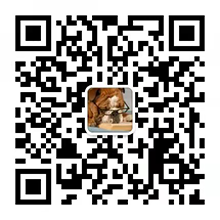is:She is a nice girl.她是个漂亮的女孩。has:She has big bright eyes and long hair.她有一双大而明亮的眼睛和长长的头发。he is...(通常为形容词,包括身高、体形等)。he has...(通常为形容词修饰的名词,包括头发、五官)。
助动词
最常用的助动词有:be, have, do, shall, will, should, would
半助动词
功能介绍 在功能上介乎主动词和助动词之间的一类结构,称为半助动词。常见的半助动词有be about to, be due to, be going to, be likely to, be meant to, be obliged to, be supposed to, be willing to, have to, seem to, be unable to, be unwilling to等。
情态助动词
1.情态助动词包括will(would), shall(should), can(could), may(might), must, need, dare, ought to, used to, had better后接原形不定词。
2.情态助动词不受主词的人称和数的限制。
3.两个情态助动词不能连用。中文:他将能够及时完成此事。 (误)He will can finish it I...
基本助动词
基本助动词 基本助动词只有三个:be, do, have, 他们没有词汇意义,只有语法作用,如协助构成进行体,完成体,被动态,否定句,疑问句等。例如 He is giving a lecture. 他在作报告He has made a plan. 他已经订了计划The small animals are kept in the cages. 小动物都关在笼子里。



